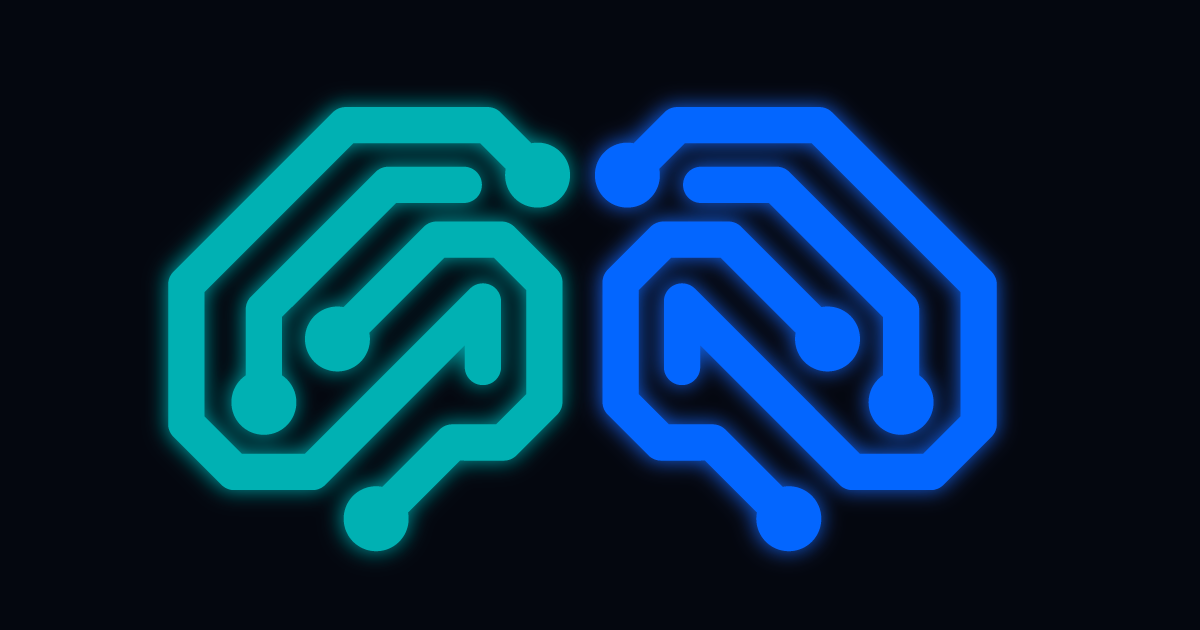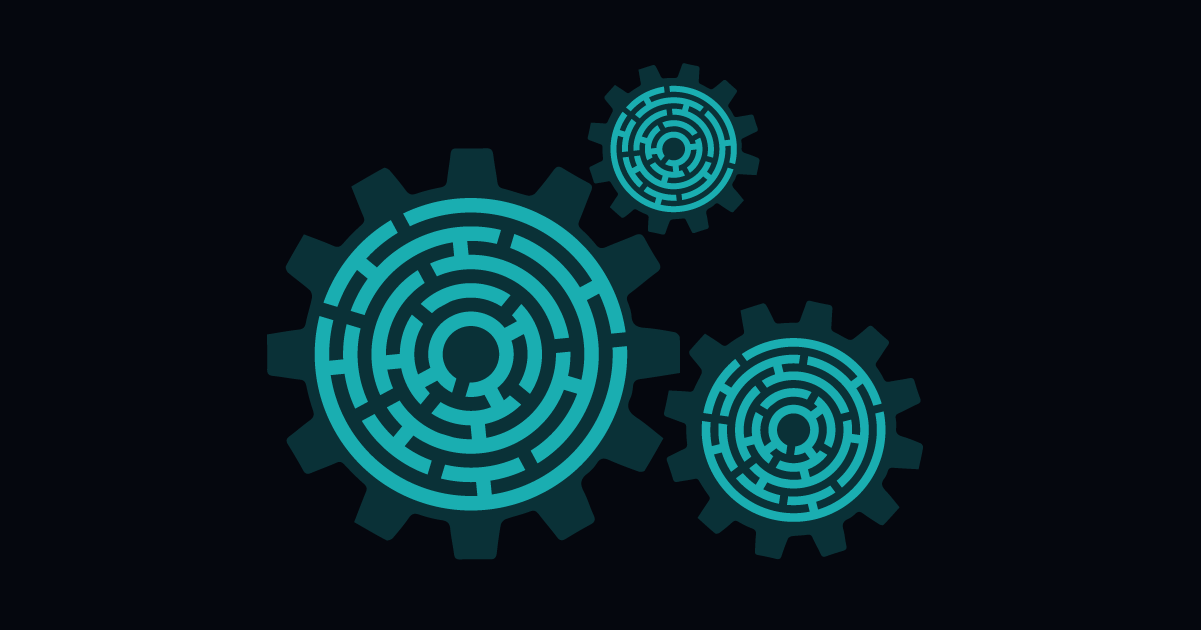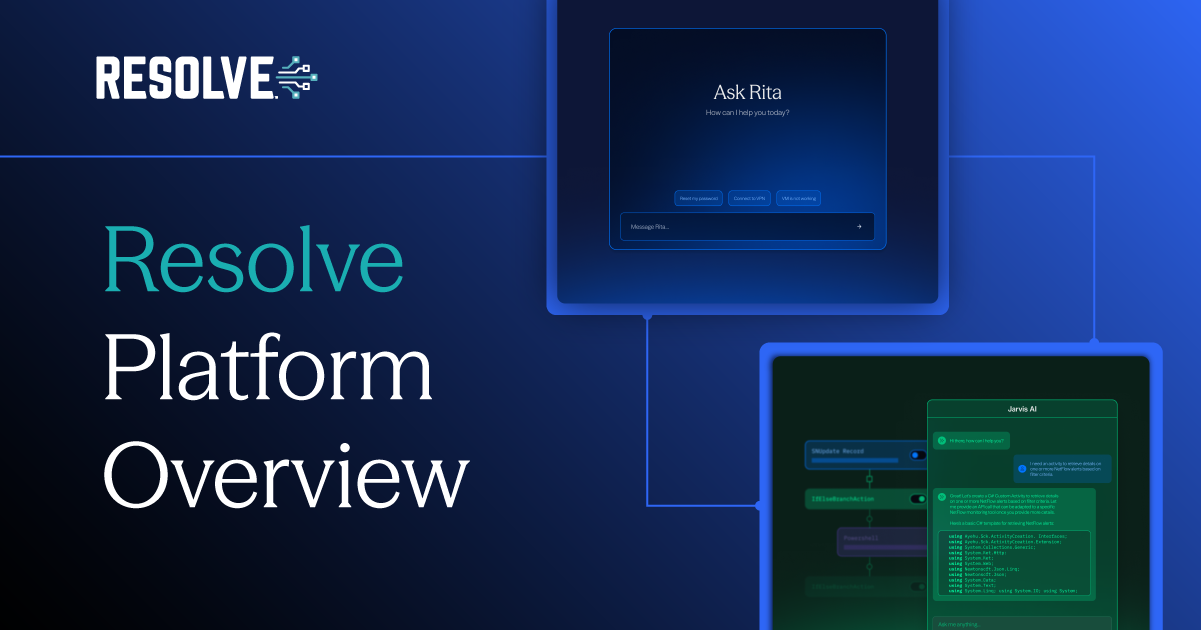
Low-Code and Bring Your Own Code – The Future of IT Automation
Subscribe to receive the latest content and invites to your inbox.
The need for speed, flexibility, and ease of use has never been more critical as IT automation evolves.
As organizations grow increasingly reliant on digital infrastructure to support everything from daily operations to innovative service delivery, the pressure is on IT teams to adapt quickly, automate repetitive tasks, and maintain control over complex systems. One of the keys to achieving these goals is low-code and bring-your-own-code (BYOC) capabilities within Service Orchestration and Automation Platforms (SOAPs).
During our recent LinkedIn Live session, SOAP It Up: Low-Code and Bring-Your-Own-Code, we explored how these two powerful features are transforming the way IT departments approach automation.
Whether you're a seasoned coder or just starting out with automation, low-code and BYOC offer the flexibility and functionality to make automation accessible to everyone, while maintaining the level of customization that more complex tasks require.
The Rise of Low-Code Automation: A Game Changer for IT and Citizen Developers
Automation has traditionally been seen as the domain of developers and IT professionals with coding ability. But with the growing complexity of modern IT environments, there's a need to democratize automation, empowering more people to automate tasks without extensive coding knowledge. This is where low code comes into play.
Low-code automation refers to the ability to create automation workflows using visual, drag-and-drop interfaces that simplify the process. By reducing the reliance on writing code from scratch, low-code platforms enable users to build, test, and deploy automation solutions quickly. This is especially valuable in environments where time-to-market is critical, and IT teams are stretched thin.
Low-code tools within SOAPs allow both IT pros and "citizen developers" (non-technical users) to contribute to automation efforts. With drag-and-drop interfaces and pre-built integrations, even those with little to no coding experience can design workflows that help streamline processes, reduce manual tasks, and increase efficiency across the organization.
Key benefits of low-code automation in SOAPs include:
- Speed: Build and deploy automations in a fraction of the time it would take to code them from scratch.
- Accessibility: Empower non-technical users to participate in the automation process, reducing the burden on IT teams.
- Scalability: Quickly scale automation across the organization as more users can contribute to process optimization.
Low-code solutions aren't just for "quick fixes" either. With the ability to handle more complex workflows, IT teams can leverage low-code automation for mission-critical tasks, freeing up time to focus on larger, strategic projects.
Bring-Your-Own-Code: Flexibility Meets Control
While low-code automation is an incredible enabler for democratizing automation, there are times when you need to go deeper. More complex workflows or specific tasks may require customization beyond what's available in a low-code environment. That's where bring-your-own-code (BYOC) comes in.
BYOC allows experienced developers and IT teams to integrate their custom scripts, whether written in Python, Bash, or other programming languages, directly into the automation platform. This flexibility ensures that any gaps in functionality can be bridged with tailor-made solutions, without sacrificing the user-friendly benefits of low-code tools.
BYOC capabilities in SOAPs allow IT teams to:
- Use custom code to handle specific, complex tasks that require more control than a low-code tool can offer.
- Seamlessly integrate legacy scripts or specialized automation tools into a broader workflow.
- Leverage the flexibility of code-based solutions for unique or non-standard processes while maintaining the broader orchestration benefits of the platform.
For many organizations, BYOC provides the best of both worlds—allowing those with coding ability to continue using the tools they know while ensuring that automation efforts can scale across the organization through easier-to-use, low-code options.
Final Thoughts
At the heart of everything we discussed is the idea that automation is for everyone. Whether you're a seasoned developer with years of experience or someone just beginning your journey with automation, platforms like Resolve Actions are designed to make automation easier, faster, and more impactful.
With low-code and BYOC capabilities, SOAPs provide the flexibility and scalability needed to tackle both simple and complex tasks. IT leaders can now harness the full potential of automation, driving meaningful results across their organizations and reducing the burden on their teams.
If you missed our SOAP It Up: Low-Code and Bring-Your-Own-Code session, be sure to watch the replay for a deeper dive into these game-changing features.






